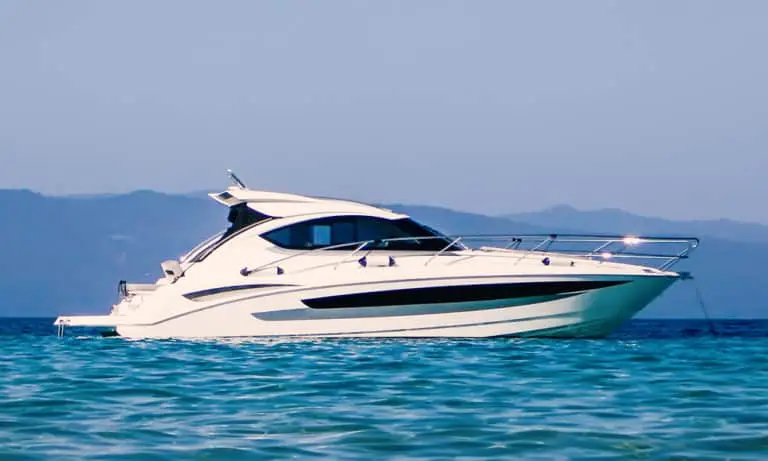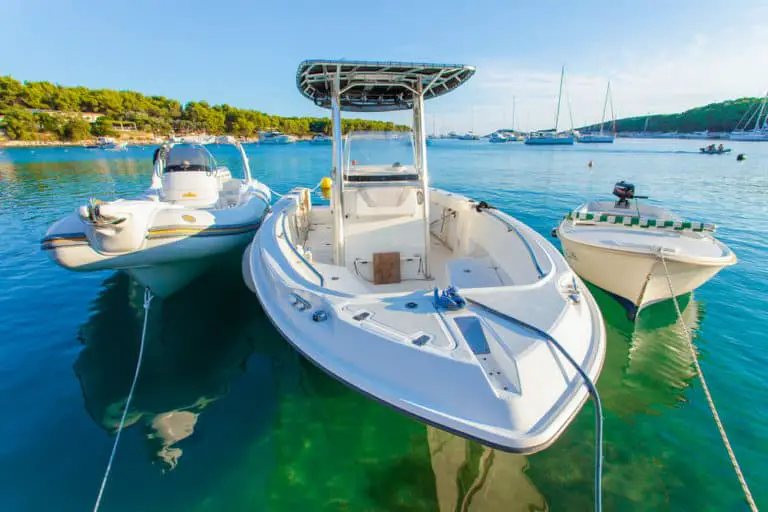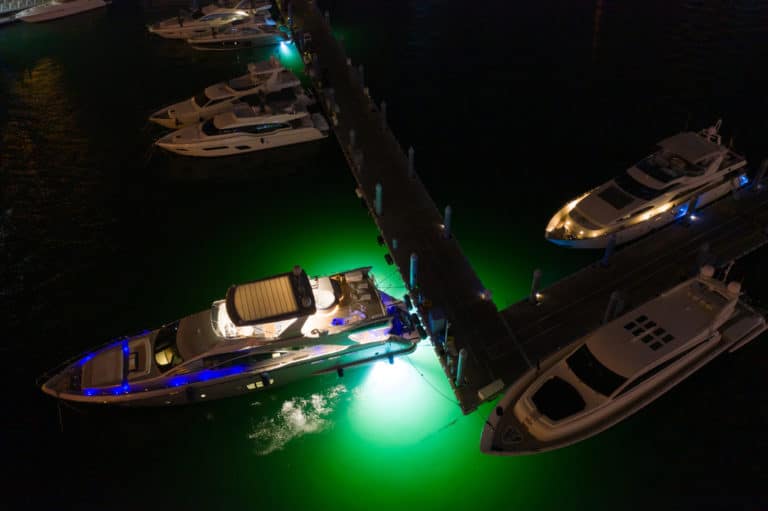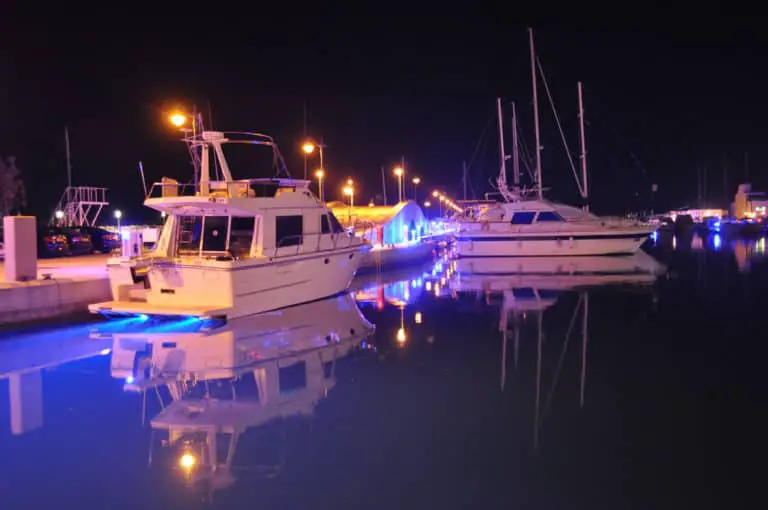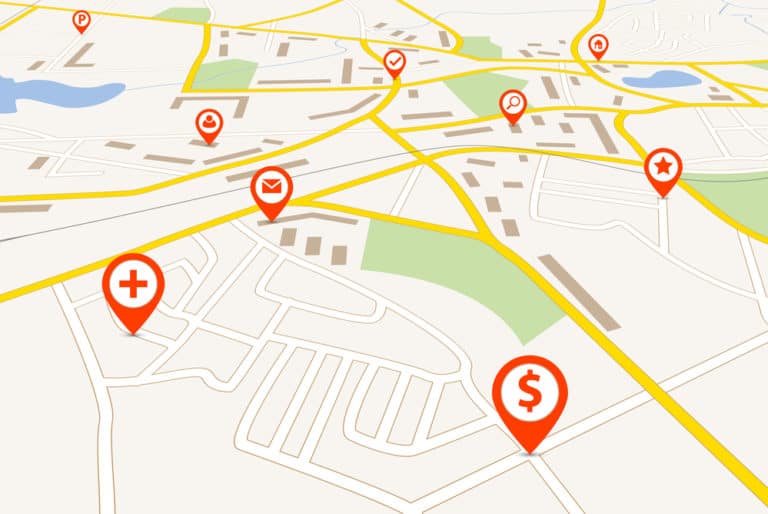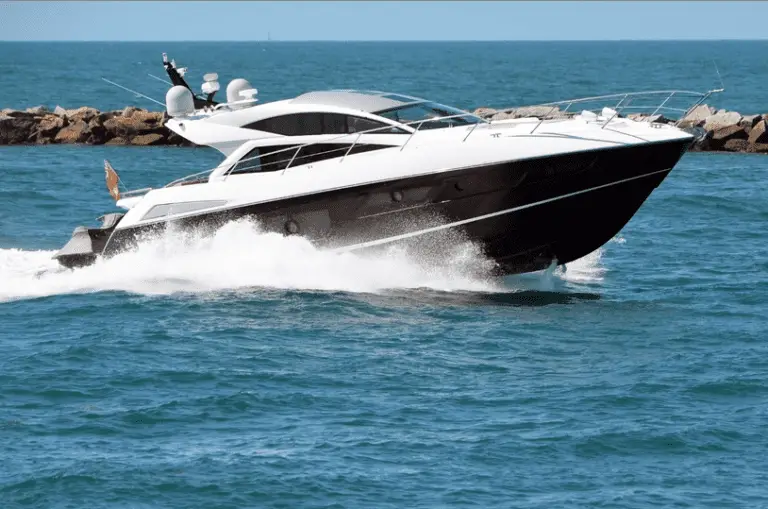15 Practical Boating Tips for Beginners (2025)
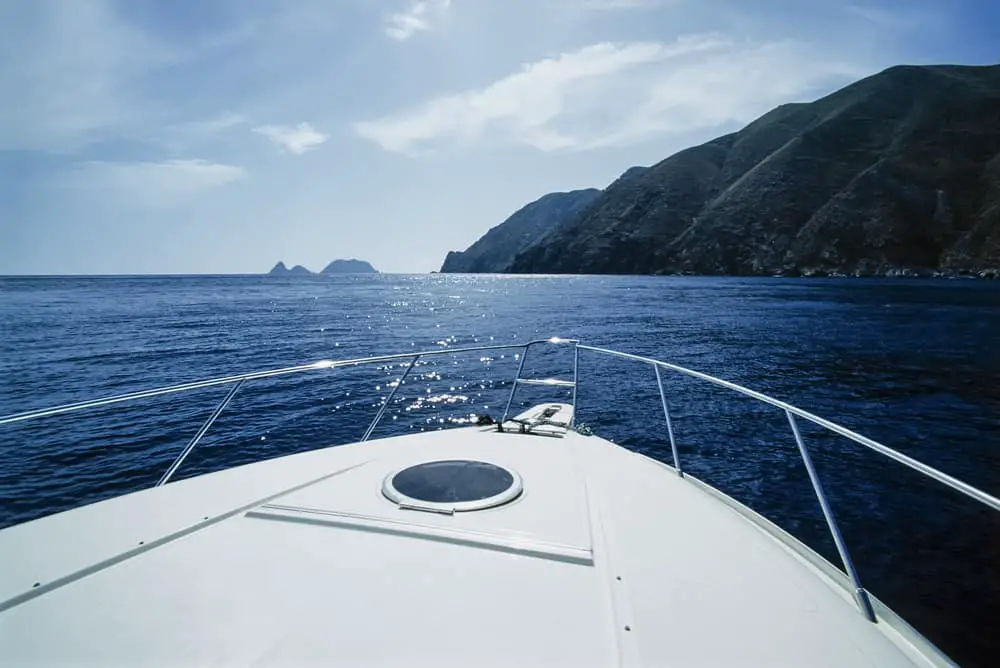
Those new to the boating world as well as those who are simply new to owning their own boat may feel a little overwhelmed. However, we’ve compiled this list of the best boating tips for beginners to help you get on the water, and stay on the water, quickly and safely.
1. Get a Boating License
Most states require boaters who are under the age of exemption to demonstrate they have the knowledge necessary to operate a vessel safely. This requires you to learn boating basics such as the rules of basic navigation, safety equipment use, and more. Once the material has been studied, testing for the certificate or license can occur.
Many boaters choose to become licensed through an online service such as BOATsmart so that they have a certificate with reciprocity between states. If you take a test through a service approved by the National Association of State Boating Law Administrators, or NASBLA, you can legally operate your currently registered boat just about anywhere in American waters.
2. Always Keep One Eye on the Weather
The weather is one of the factors that you will be at the mercy of while on the water. It is, however, also one of the most easily managed once you learn how to read and understand the conditions and forecast. Before you start to prepare for your first time out on the water, make sure you have a solid understanding of the local weather.
Know what the current NOAA conditions are for the body of water you’ll be on, as well as the upcoming forecast for the time you’ll be on the water. Know how the different pressure changes will affect your weather, and always keep one eye on the skies to keep apprised of sudden changes. Use common sense and stay safe.
3. Get On and Off the Boat Ramp Quickly
This is one of the new boat owner tips that is also a part of overall boater etiquette, particularly if you are in an area with a busier boat launch. First and foremost, arrive at the ramp ready to launch, not ready to load the boat.
All of your loading and prep should be done before you get to the ramp so that you can launch your boat and get your trailer out of the way.
If you’re a new boater, take some time to practice backing your trailer up and down the ramp a few times from different angles, so you know how to steer and correct.
4. Create a Pre-Departure Checklist
An important part of boating for beginners is creating a pre-departure checklist for your boat, or use a premade version like this one. There are several reasons for this, some of the most significant include being prepared for potential breakdown or unsuitable operating conditions, as well as being prepared for most minor injuries that may happen while onboard.
While each operator’s pre-departure checklist will be a little different, there are some common elements that should be on all lists. There should be checklist items for critical boat components and mechanical items, weather checks and current conditions, personal and passenger safety equipment, day & night navigation aids, and more.
5. Learn to Adjust the Trim
One of the boating tips and tricks is learning how to trim your boat properly. The primary purpose of finding your boat’s trim sweet spot is to boost fuel economy and overall performance when underway at speed. Trimming a boat changes the angle of the hull relative to the plane of the water.
Trimming down moves the gearcase closer to the transom, until the prop is aimed at negative 6 degrees, meaning it is applying its force in a mostly forward direction with a slightly upward direction while trimming up will have the opposite effect.
6. Dress in Layers
Dressing in layers is a tip that belongs in every new boater’s guide, whether aimed at small waters or coastal regions. The temperature on land is often much different than the temperature on the water, and if the weather suddenly shifts the temperature can rise or drop significantly in a short amount of time.
The benefit to this is that you will always have what you need to be reasonably warm or cool depending on the conditions you encounter.
By starting off with thin athletic wear or similar fabrics, then adding a t-shirt and shorts over those, and sweats or windbreakers over those, you will be warm initially while being able to peel off clothing as the day and temperature progress.
7. Go Slow When Docking
Every powered boat, no matter how small or large, has inertia and momentum behind it once it has been set in motion. This means that you will need to be exponentially more careful in tight situations like a boat dock. There is the benefit of the slower speeds allowing less damaging rubs and bumps, but you want to be able to dock as cleanly and safely as possible.
Be sure you are obeying all “no wake” signage so that you are already at a manageable speed when you approach the dock, this can reduce the chances of most problems. Make small, gradual movements to avoid the need for large corrections.
8. Pack More Food and Water
For those that have a boat capable of being out all day or even multiple days, a vital boating safety tip is to be sure you have stored enough food and water. You should always have more than you project you will need, by a relatively significant margin.
If you are going out for a day, make sure you have two days of food and water. If you are going out for a week, make sure there are 10 days worth of supplies for you and your passengers. Be aware of how greater numbers of passengers will impact supplies more significantly.
9. Always Leave a Float Plan
Your float plan is part of your boating basics. It is the plan for someone you trust to start looking for you if you don’t check back in. A float plan is used to ensure that someone always knows that you are out on your boat and when you anticipate you will be back.
This way, if you are stranded on the water with a mechanical breakdown or some other issue, and out of communication range, someone will eventually come looking for you. Let your contact know when you arrive at your outing, and be sure to close out your plan by letting them know when you’re back onshore as well.
10. Make Sure Everyone Wears a Lifejacket
This may seem like a bit of basic boat knowledge that also qualifies as common sense, but too many people die every year from drowning because while they had a personal floatation device on board, they didn’t wear it.
Accidents are unpredictable by nature, so do not plan on being able to grab your lifejacket “if something happens”.
To make sure everyone wears the necessary flotation devices, first of all, make sure it fits properly and functions well. As part of your pre-departure checklist, check the lifejackets for yourself as well as all passengers to ensure no adjustments are needed.
11. Slow Down for Waves
An important thing for new boaters to remember is that the feeling when the boat hits a wave is much different for the captain than for the passengers. This can be seen to a larger degree in longer boats where the captain is near the stern. This can result in the captain feeling slight bumps while the passengers need a chiropractor. Just slow down when you’re approaching waves, and the problem should solve itself.
Be sure you’re always hitting potentially unsafe wakes as close to perpendicular as possible. Large wakes have the potential to swamp smaller boats. Some wakes taken at a shallow angle can even capsize your boat while under power.
12. Get Everyone on Board Involved
This can be used to not only keep passengers occupied and interested in the voyage and boating process, but it’s also one of the cool boat tricks you can use to keep kids and teens occupied and out of your hair. By giving everyone a job, you can help keep them occupied and help your vessel run smoother.
Additionally, one of the best benefits of boating with friends or family is that it is a bonding experience. Groups of friends become best friends and crewmates as they work together during safe boating. When boating with family, it helps build a sense of teamwork that is often lost in our busy home lives.
13. Follow the Barbell Pattern
The barbell pattern is one of the boat tricks meant to help you explore and push yourself without jumping in too deep. Basically, it involves working up to boating goals by starting with smaller, more manageable goals. Just like going to the gym and lifting weights, you don’t start with the heaviest weights, you work your way up.
If you’re new to boating, start out by giving yourself a goal of several outings of boating relatively close to shore. Then a few outings of being further out, and so on, becoming increasingly adept at boating. This also will help you to learn what gear you need and what you don’t, so that you gradually acquire the perfect set of useful gear.
14. Make Sure You Have the Essential Gear
You will need to assemble your essential boating gear. We couldn’t have a list of boating tips for beginners and leave out that you need to have certain pieces of gear no matter what. Your essential gear list should have at least the following:
- Weather Info
- Pre-Departure Checklists
- Throwable Floatation Devices
- Personal Floatation Devices
- Visual Distress Signaling Devices
- Fire Extinguishers
- Whistle or Horn for Sound Signals
- Navigation Lights or Shapes
- Bow & Stern Anchor
- Dock Lines
- Spare Line or Rope
- Fenders & Bumpers
- Basic Socket & Tool Set
- First Aid Kit
- VHF Radio
- Bailers or Manual Bilge Pump
- Dynamo Flashlight
- More Food & Water Than You Need
15. Always Lower an Anchor Into the Water Slowly
Small boats will often have anchors that are put into the water by hand. If this is the case with your vessel, be sure you always lower them into the water slowly. Anchors are frequently incredibly dense and will sink very quickly once below the surface. They are also designed to offer significant resistance in the direction of the rope.
The line attached to the anchor is generally kept coiled to avoid backlashes or snags when dropping anchor, but the line will be drawn out very fast. If the line becomes looped around a finger, it could result in losing the finger, but the lines will also frequently wrap around an arm or leg and can lead to losing an entire limb or even being ripped overboard.

